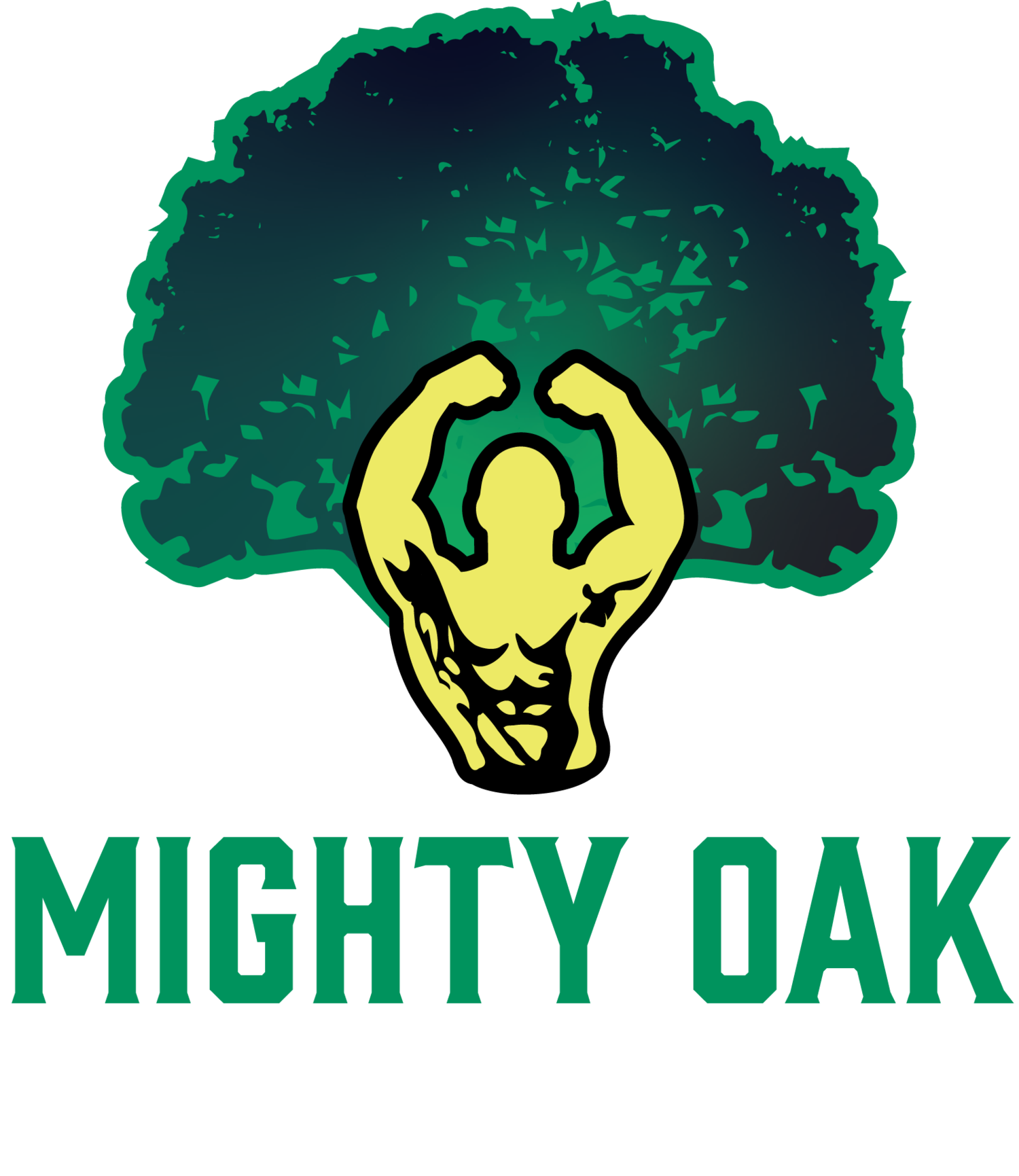How AI is Revolutionizing Strength Training for Student Athletes
The landscape of strength training for student athletes is on the cusp of a revolutionary transformation, heralded by the rapid advancements in Artificial Intelligence (AI). As we look towards the near future, it becomes increasingly clear that AI technologies are set to redefine sports performance and injury prevention in student athletes, offering unprecedented opportunities for enhancement and safety. This essay explores how these technological advancements will influence strength training practices, focusing on personalized training programs, real-time performance analytics, injury prediction and prevention, and virtual coaching.
Personalized Training Programs
One of the most significant benefits AI brings to strength training is the ability to create highly personalized training programs. By analyzing vast amounts of data on an athlete's physical condition, performance history, and even genetic information, AI algorithms can tailor workout plans that optimize performance outcomes while minimizing injury risks. This personalized approach ensures that student athletes can work on their weaknesses and enhance their strengths in a manner that is most effective for their unique body composition and capabilities. The future of strength training, therefore, lies not in generic, one-size-fits-all workout routines but in customized plans that evolve in real-time based on ongoing performance data and health metrics.
Real-time Performance Analytics
The integration of wearable technology and IoT (Internet of Things) devices in strength training regimes offers real-time analytics on an athlete's performance, providing instant feedback on workout intensity, form, and fatigue levels. These insights allow for immediate adjustments to training intensity or technique, reducing the risk of injury due to overexertion or improper form. Moreover, the ability to track progress over time with precise data supports more informed decisions about future training strategies and goals. As such, AI-powered analytics become an invaluable tool for coaches and trainers seeking to maximize athletic performance while ensuring the health and safety of their student athletes.
Injury Prediction and Prevention
Perhaps one of the most groundbreaking applications of AI in strength training is its potential for injury prediction and prevention. By analyzing patterns in data collected from wearables and other fitness monitoring devices, AI can identify early signs of potential injury risks, such as muscle imbalances or overtraining. This proactive approach allows for the implementation of preventive measures before injuries occur, significantly reducing downtime for student athletes and enhancing their overall training experience. Furthermore, AI's predictive capabilities extend to recommending recovery activities and modifications to training programs that further mitigate injury risks.
Virtual Coaching and Feedback
The advent of AI-driven virtual coaches and feedback systems is set to revolutionize the coaching landscape for student athletes. These virtual coaching solutions can provide 24/7 guidance, offering corrections on form, suggesting workout adjustments, and providing motivational support. This not only makes high-quality coaching more accessible to student athletes across different locations and economic backgrounds but also allows for a more flexible training schedule that can accommodate the demanding lifestyles of young athletes. The personalized feedback and instruction from these AI systems can significantly enhance the efficacy of strength training programs and accelerate performance improvements.
The integration of AI into strength training for student athletes represents a paradigm shift towards more personalized, safe, and efficient training methods. As these technologies continue to advance, they promise to unlock new potentials in sports performance enhancement and injury prevention. Coaches, trainers, and athletes who embrace these innovations will find themselves at the forefront of a new era in athletic training, characterized by smarter, data-driven decision-making, and unprecedented levels of performance optimization. For student athletes, the future of strength training illuminated by AI advancements is not just about becoming stronger or faster; it's about achieving their full potential while safeguarding their health and well-being for a long and successful athletic career.

